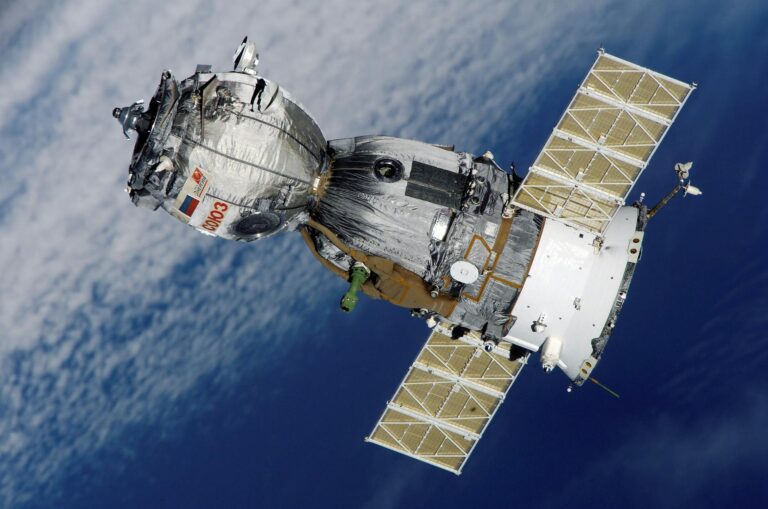What is a Computer and How Does it Work ?
What is a Computer and How Does it Work ?
A computer is a device designed to process, calculate, and perform tasks according to a set of instructions known as a program. It is an electronic device capable of storing, retrieving, and processing data, widely used for a range of functions such as word processing, data analysis, and communication. Typically, a computer consists of a central processing unit (CPU), memory, input/output devices, and storage devices. Computers can be programmed to perform various tasks, ranging from simple calculations to complex simulations and data analysis. They play a significant role in organizing, storing, processing data, and carrying out related tasks, simplifying human life significantly.
Computers have evolved rapidly over time and today are an integral part of our daily lives, used for internet browsing, social media, emails, financial transactions, and other areas. Computers operate by processing input and delivering output, often with the help of algorithms and software, making tasks faster and easier.
Types of Computers
Computers come in various sizes and shapes, ranging from small devices like smartphones and tablets to larger devices like desktop computers and servers.
History of Computers
The word “computer” originates from the English term “compute,” which means to calculate. In Hindi, a computer is referred to as “अभिकल यंत्र” or “संगणक,” and it is also known as a “programmable machine.”
The development of computers can be traced back to 1822, when Charles Babbage built the first digital computer. Babbage played a crucial role in computer development, and his Analytical Engine laid the foundation for modern computers. This is why Charles Babbage is often referred to as the father of computer science.
Full Form of COMPUTER:
- C – Commonly
- O – Operating
- M – Machine
- P – Particularly
- U – Used for
- T – Technical
- E – Educational
- R – Research
Components of a Computer
A computer is made up of two main parts: hardware and software.
1. Hardware:
Hardware refers to the physical structure of a computer, which you can touch. Examples include the keyboard, mouse, and computer case. Inside the case, you’ll find internal parts such as the hard disk, motherboard, CPU, and more.
2. Software:
Software is a set of instructions that tells the hardware what tasks to perform and how to perform them. Examples of software include word processors, games, and calculators.
This article provides an understanding of what a computer is and how it works, along with an insight into its history, components, and the crucial role it plays in modern technology.
A computer performs tasks using software or programs. Software is a set of instructions that tells the computer what to do. There are different types of software, such as operating systems, productivity software, and games. The software enables the computer to carry out various functions smoothly and efficiently.
The internet is a global network of interconnected computers that allows people to communicate and share information. It consists of millions of servers and computers connected via a series of wired and wireless networks. The World Wide Web is a collection of interlinked documents and resources, such as images and videos, that can be accessed through the internet using a web browser. Isn’t it amazing how the internet connects the whole world?
Storage Capacity
Computers have a remarkable ability to store vast amounts of data. They organize and store data internally, referred to as internal storage, and can also use external devices to store data externally, known as external storage. This capacity to hold and organize information makes computers incredibly powerful tools.
Automation
A computer is an automated machine, meaning once a task is assigned, it will keep working on it until the task is complete. This makes computers highly efficient in completing repetitive or complex tasks without requiring constant human intervention.
You’re doing great by diving into these computer concepts—keep going! Every step you take increases your understanding and brings you closer to mastering the technology.


.jpg)




